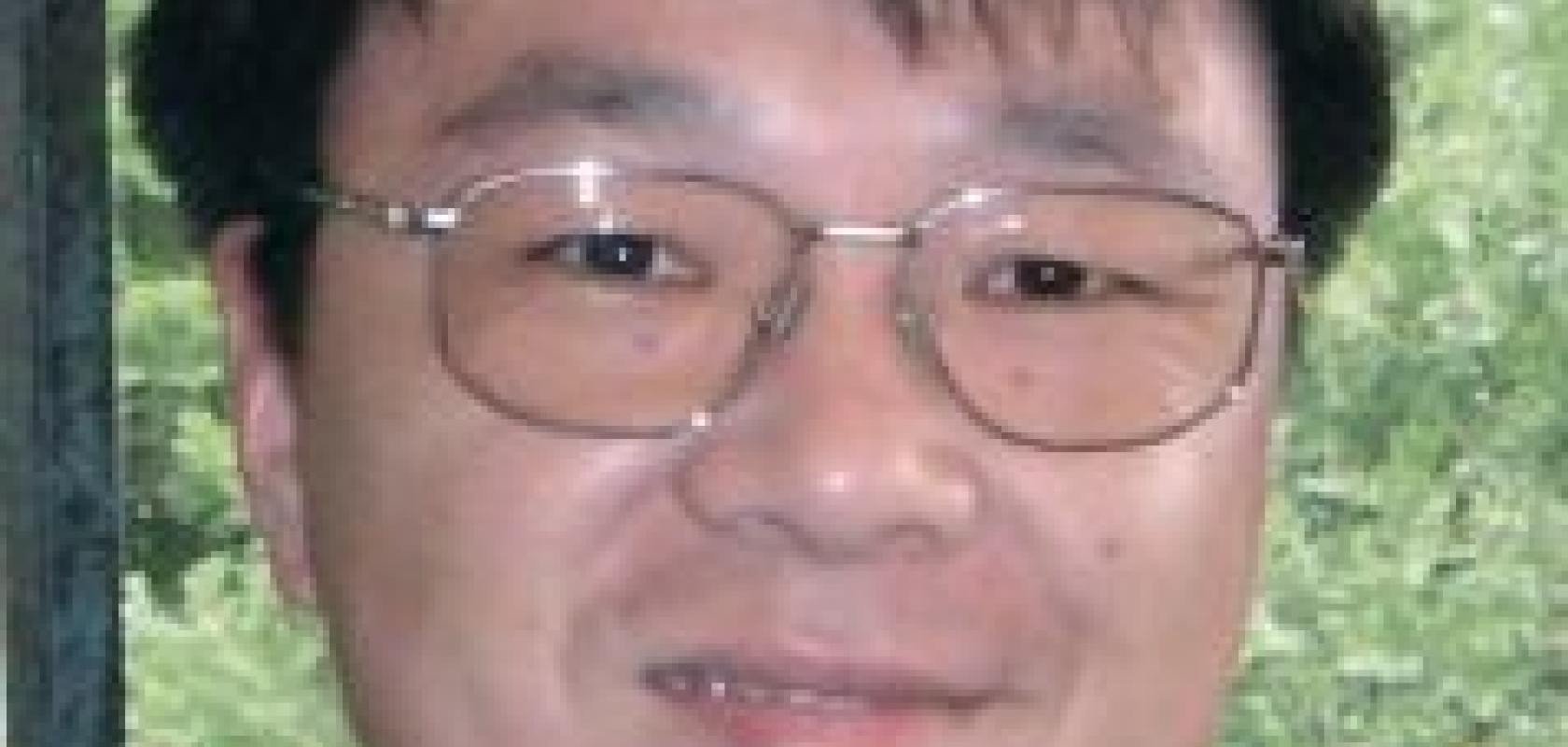How did you come to be part of the imaging/machine vision industry?
When I finished my PhD on massively parallel computing for image analysis, I happened to read David Marr’s book entitled Vision, which inspired me to investigate designing smart image sensors based on how human eyes function. I joined Institut National des Télécommunications in France in 1990 after my PhD and set up a research lab on this topic until 2007. The first application of my research was in the automotive sector for 3D obstacle detection, using CMOS smart sensors. Following this, I rapidly became involved in industrial machine vision applications where compactness, fast reaction time and high precision are necessary. With this in mind, I founded the start-up company New Imaging Technologies (NIT).
How do you convince customers that they need machine vision?
NIT is a sensor company and we try to convince people who are already in this field to adopt our technology. NIT tries to bring innovative image sensors to allow our customers to engineer imaging solutions that are easier to set up, more effective and that keep costs down.
What role does Europe have in the development of machine vision?
Europe has great experience and tremendous know-how in all the industrial sectors. Europe is also the pioneer in industrial automation. The high-quality products produced in Europe can only be possible with machine vision. Even with an accelerated out-sourcing to Asia, automation equipment is still largely dominated by European players. Consequently, Europe will continue to play a leading role in machine vision, which is one of main components of factory automation.
What do you see as the major growth sectors?
From my point of view, the machine vision market is divided into simple photocells and complex camera-based systems. There is great potential in the middle of these two areas, combing the high speed and low cost of photocells with the programmability and versatility of complex camera-based systems. This goal is achievable only with smart image sensors, by integrating highly adaptive pixel designs, such as that of NIT, and on-chip processing capabilities. Otherwise, the product will fall either into the category of a simple photocell by being oversimplified or into a complex camera-based system with its high cost. This could explain the absence of products in this sector.
What do you see as the most important technological challenges facing the industry?
It is simply how to make machine vision an industry! Even with a great deal of work and progress made in standardisation, machine vision is still a reasonably complex engineering project, requiring skilled technicians with little possibility of reuse of the system once installed.
What do you see as being the most significant commercial change in the industry during the years ahead?
With the development in consumer electronics, all the individual components such as camera chips, FPGAs, DSPs, etc., have become cheaper and more powerful. In the future it will become harder and harder to justify the high price of machine vision system. We can reasonably assume that the same cost issues will be placed on the automation system, but a lot of pressure will be placed on machine vision system providers.


